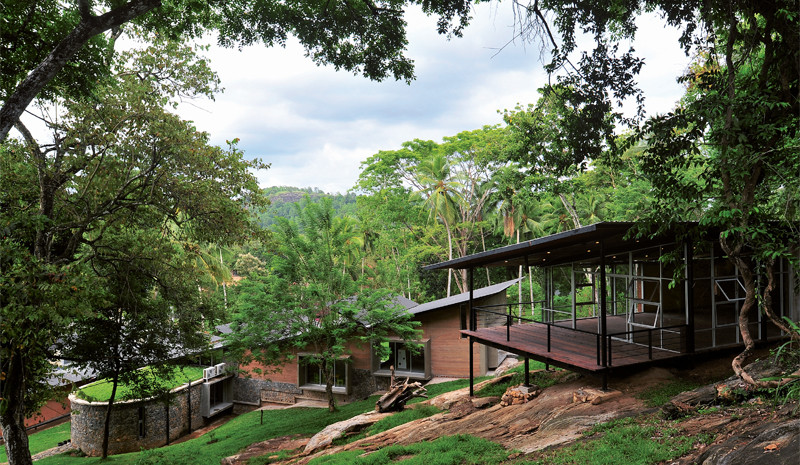Earthen architecture today
Buildings have been made of clay throughout human history, and all around the world. Four thousand years ago, the first Great Wall of China was built of rammed earth, and many mosques in Mali and Iran, the dwellings of the Pueblo Indians in New Mexico and the ancient city of Shibam in Yemen are all world cultural heritage sites. The highest solid clay building in central Europe has five stories and was built in 1828 in Weilburg an der Lahn in Germany. Clay buildings are part of our cultural heritage. Clay, or a mix of local clay and sand, regulates humidity, stores heat, saves energy and transportation costs, can be reused and can be easily used by do-it-yourself builders. The advantages over concrete are connected to energy and cost savings and a more balanced interior climate. These are the reasons why clay should see a renaissance as a building material in the northern industrialised countries. This exhibition shows forty projects that have won the TERRA Award. This was first awarded in 2016 by CRAterre (Centre international de la construction en terre) and the research and experimentation centre amàco. The criteria for winning were not just based on architectural quality, but also the relevance of the building specific to its location, and the further development of traditional building methods. The winning projects range from the reconstruction of a Chinese village destroyed by an earthquake with a contemporary interpretation of the local clan house, to the Herzog & de Meuron Ricola herb center in Switzerland, a private dwelling in Darmstadt, and school buildings in Bangladesh and China. This selection and presentation of outstanding contemporary buildings marks the beginning of a new future for our cultural heritage in building with clay. In a workshop in cooperation with the University of Stuttgart degree programme in Integrated Urbanism & Sustainable Design, and working with international students, we will be making real haptic walk-in examples of clay architecture, using and presenting different clays, colours and surface finishes. The diversity and beauty of clay buildings is thanks to the remarkably broad spectrum of types of clay found all over the world. The artistic perspective will be represented by a work by herman de vries, who has been collecting earth samples from different parts of the world for many years, rubbing them onto paper and thereby illustrating the colours of the earth.
